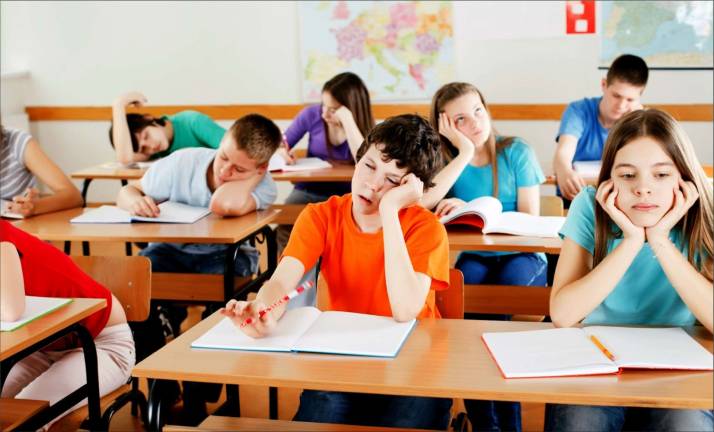School buildings can influence student health and performance

Environmental exposures in school buildings — to mold, poorly ventilated air, uncomfortable temperatures, inadequate lighting, or noise — can negatively impact student health, thinking, and performance, according to a report from Harvard T.H. Chan School of Public Health’s Healthy Buildings Program.
The report reviewed findings from more than 200 scientific studies. Some findings included:
A study of 75,000 high school students in New York City found that students were 12.3 percent more likely to fail an exam on a 90-degree day versus a 75-degree day.
Poor ventilation in schools was associated with student fatigue, lower attention span, and loss of concentration.
In a study of 500 students ages eight and nine, test scores were 5.5 points lower for each 10-decibel increase in classroom noise.
The U.S. Environmental Protection Agency has estimated that more than 60,000, or 46 percent, of all U.S. public schools have conditions that contribute to poor indoor environmental quality, according to the report.
The researchers call for standardized health performance indicators for schools and for a national school infrastructure assessment. “Investing in school buildings is an investment in our collective future,” they wrote.
Source: Harvard T.H. Chan School of Public Health: hsph.harvard.edu